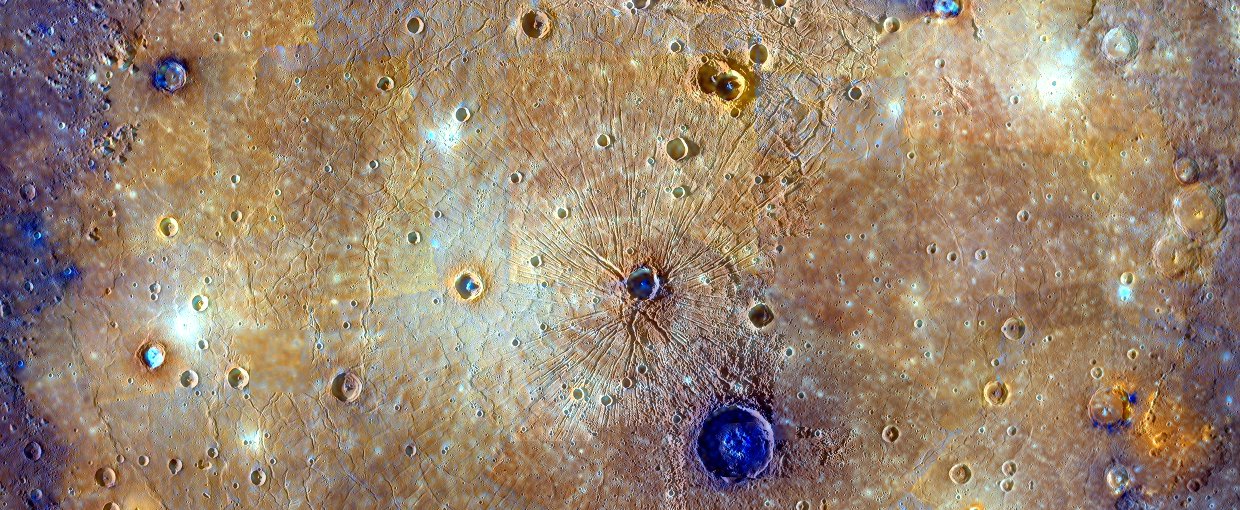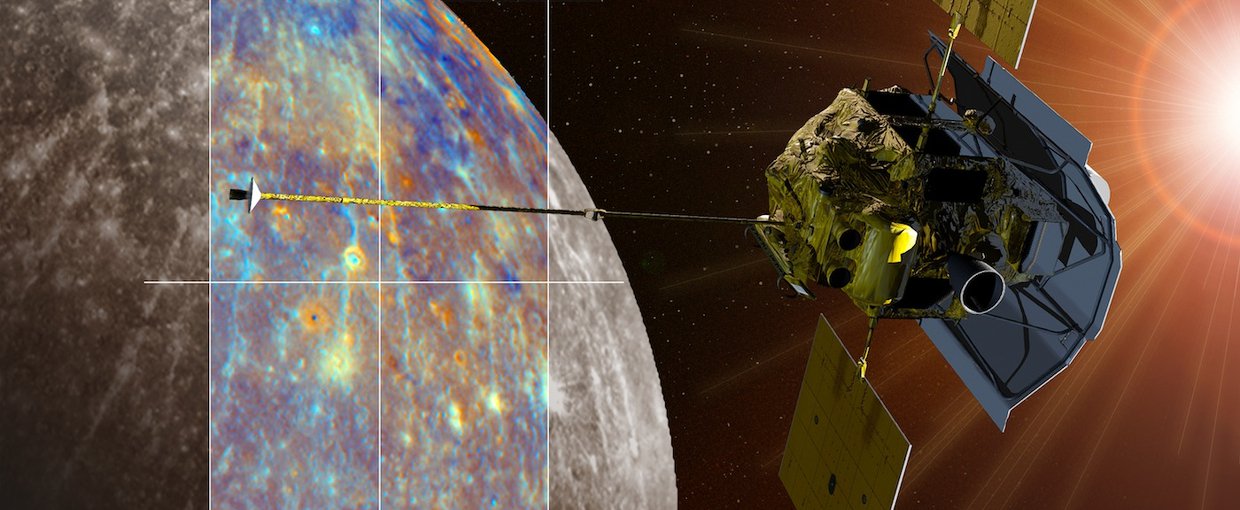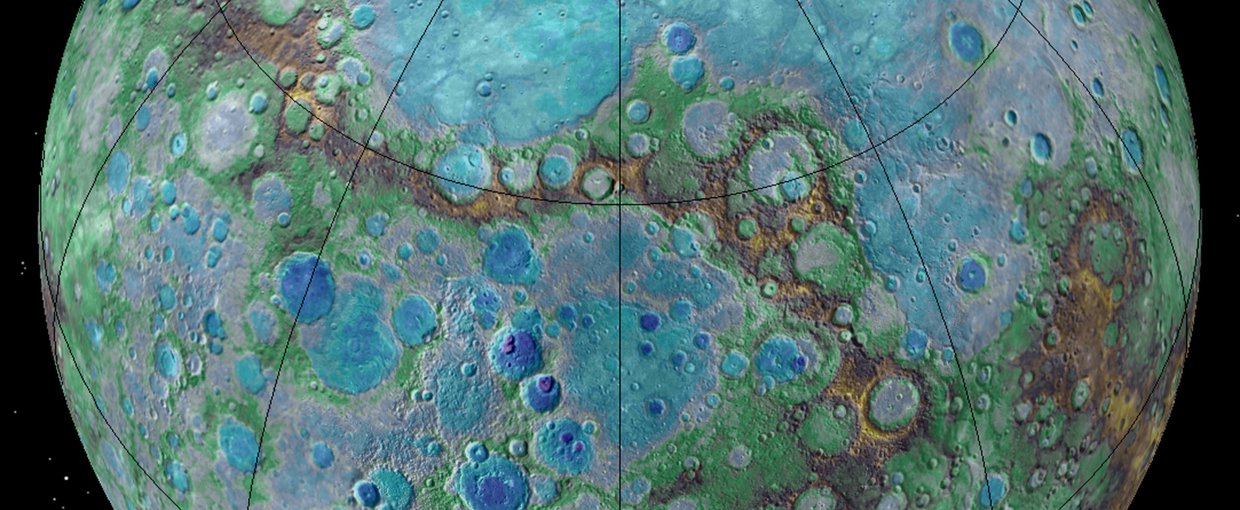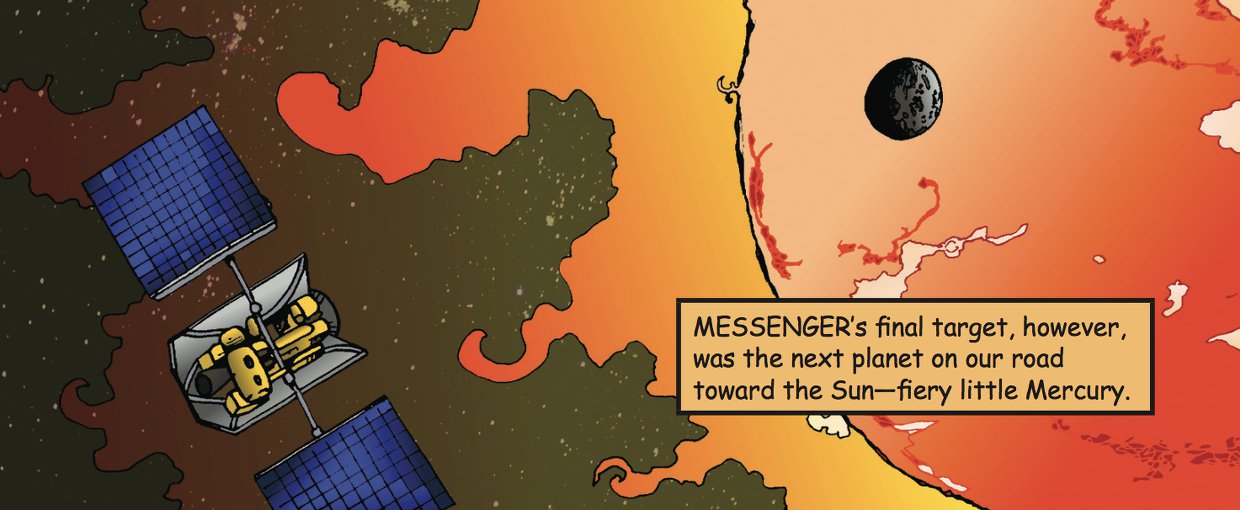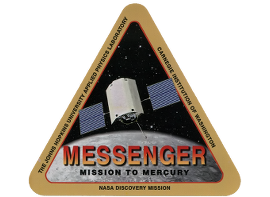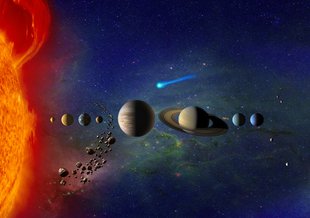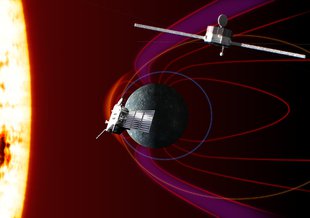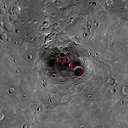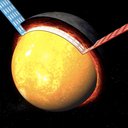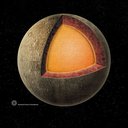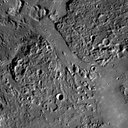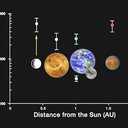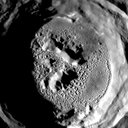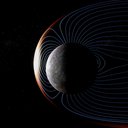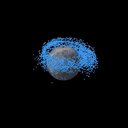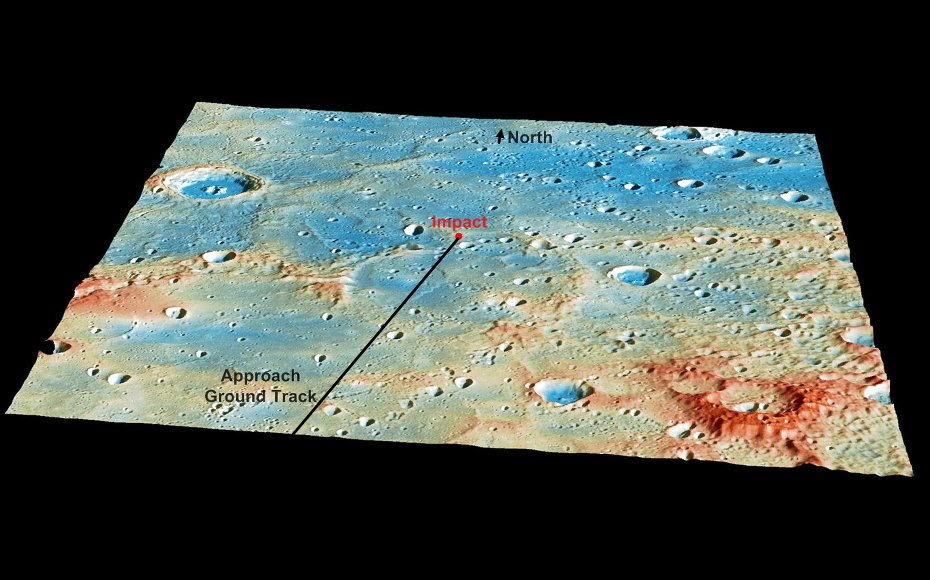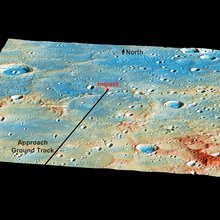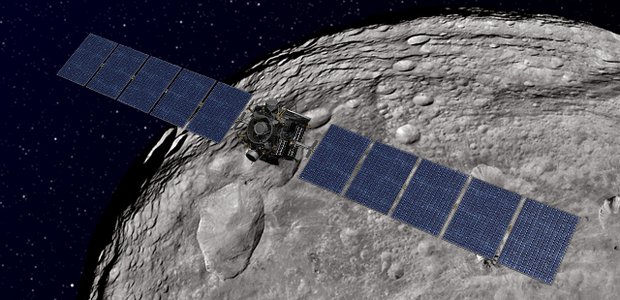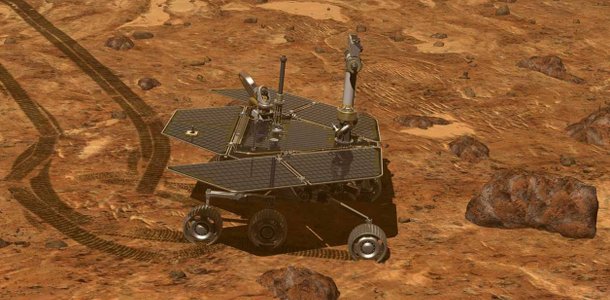- Launch Date August 03, 2004
- Arrival Date January 14, 2008
- End DateApril 30, 2015
- Mission TypeOrbiter
- TargetMercury
Mission Overview
MErcury Surface, Space ENvironment, GEochemistry, and Ranging (MESSENGER) was a NASA Discovery mission that conducted the first orbital study of our solar system’s innermost planet.
Relevance to Astrobiology
Mercury, Venus, Earth, and Mars are terrestrial (rocky) planets. Among these, Mercury is an extreme: the smallest, the densest (after correcting for self-compression), the one with the oldest surface, the one with the largest daily variations in surface temperature, and the least explored. Understanding this “end member” among the terrestrial planets is crucial to developing a better understanding of how the planets in our Solar System formed and evolved. This information can also help astrobiologists further understand the variety of terrestrial planets that could potentially form around other stars.
NASA Astrobiology Involvement
Astrobiologists supported by the NASA Astrobiology Program are involved in the analysis and interpretation of data from the MESSENGER spacecraft.
The Astrobiologists
Researchers supported by the Exobiology & Evolutionary Biology program element of the NASA Astrobiology Program, including Oleg Abramov (Astrogeology Science Center, USGS) and Stephen J. Mojzsis (CU Boulder), have worked with data from the MESSENGER Mission to better understand the history and formation of Mercury, our solar system’s smallest terrestrial planet.

